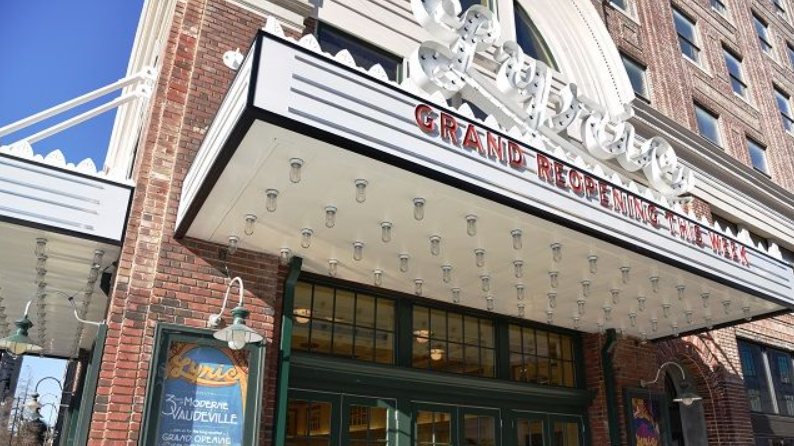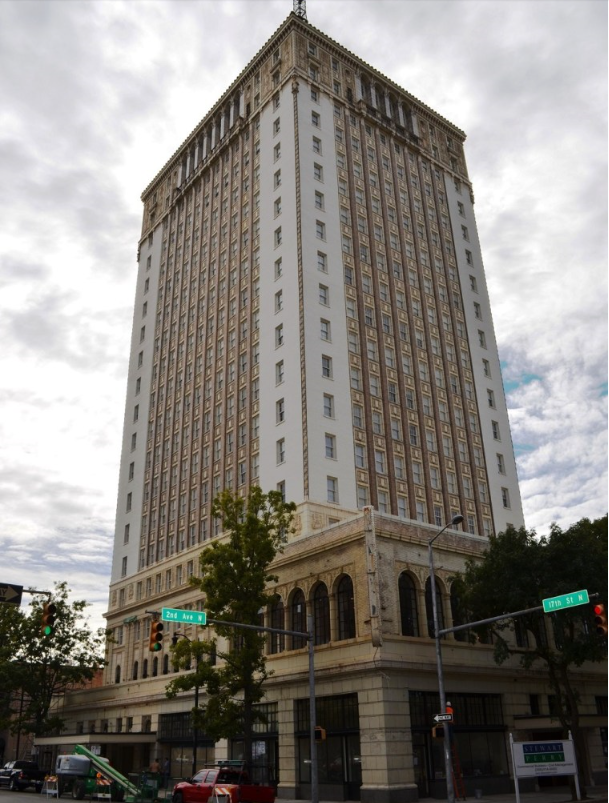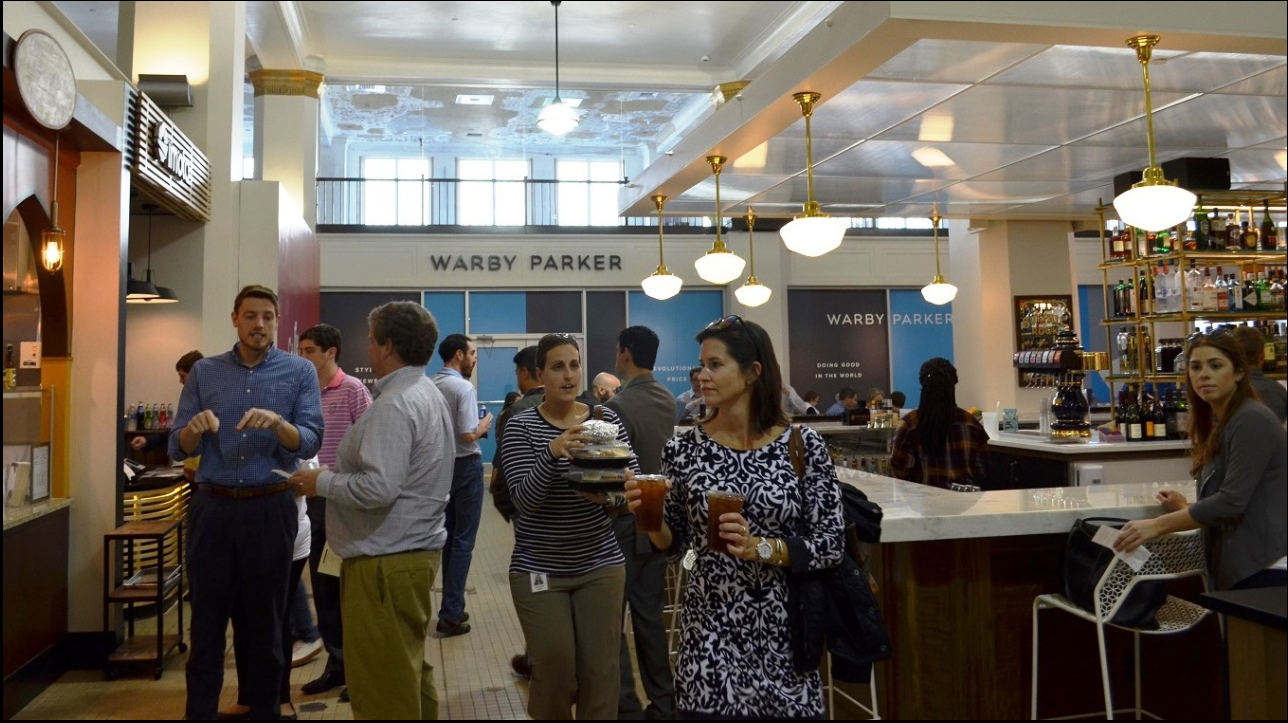By Barnett Wright
The Birmingham Times

Legislators last week renewed Alabama’s historic renovation tax credit, which has helped revive downtown Birmingham and other areas around the state.
In the waning days of the session, both the Senate and House of Representatives renewed the bill which means that a number of properties throughout the state could get new life, said Sen. Jabo Waggoner, R-Vestavia Hills, a sponsor of the measure.
The program will run through 2022 with $20 million available each year. The legislation received bipartisan support in the House and Senate, Waggoner said.
“It was accepted all across the board from rural Alabama to urban Alabama,” he said. “[Legislators] have seen the effect it has had on Alabama primarily in the urban areas,” but improvement will soon be seen in rural areas.
The economic development impact on the state has been immense, according to supporters of the bill.
“The renewal of Alabama’s historic tax credit program will stimulate significant economic growth for downtown Birmingham, as well as other areas of the state, and will bring economic benefit to all of Alabama,” said Brian Hilson, president and CEO of the Birmingham Business Alliance (BBA). “The redevelopment of historic buildings will also be an essential component of our plan to develop Birmingham’s Innovation District in the downtown area.”
Hilson said the previous tax credit program helped spur more than $200 million in redevelopment in downtown Birmingham and has brought more companies and attention to surrounding vacant properties.

The historic credit expired in 2016, but not before benefiting nearly two dozen transformative projects in Birmingham, including the Lyric Theatre, Federal Reserve, Pizitz and the Thomas Jefferson Tower, and more than 50 statewide.
“Some of those buildings would be deteriorating if we did not have those tax credits in the last few years,” Waggoner said. “Pizitz wouldn’t be done. It would be just an old building that would be an eyesore.”
Hilson said tax credits have been crucial for downtown Birmingham, which represents Alabama’s largest central business district and concentration of employment.
“It is an economic engine for our state, and while tens of thousands of employees work downtown, there is capacity for many more,” he said. “Much of that capacity is in the form of historic buildings that are both plentiful and restorable and can be repurposed for a wide range of uses, including technology, administrative and light industrial, as well as residential and commercial.”
The revitalization has added benefits in addition to beautifying buildings, Waggoner said.
“You’re talking about employees, people with jobs working at Pizitz or the Redmont …” he said. “The Pizitz has a food court and residential areas … shops … It’s great.”
The three-year Alabama Historic Rehabilitation Tax Credit Program expired in 2016, and the state Legislature failed to renew the program before the end of last year’s session.
Waggoner was determined not to let that happen this year. “The renewal will help the whole state revitalize older areas,” he said. “It will not only affect the economy in urban Alabama but it will also affect the economy and look in rural Alabama, and I think you will see some more improvements (across the state) real soon.”






